✨ Introduction: Why the Dussehra Story in English Still Captivates the World (Why Dussehra is Celebrated)
Festivals are more than just colors, celebrations, and rituals. They are stories — stories that travel through centuries, stories that bring together families, stories that keep our culture alive. One such festival is Dussehra, also known as Vijayadashami. But the question that continues to echo across generations is: Why Dussehra is Celebrated?
The answer is both simple and profound. Dussehra marks the victory of Lord Rama over Ravana, the ten-headed demon king of Lanka. It represents the eternal victory of good over evil, light over darkness, and truth over falsehood. Yet, to stop here would be to miss the depth of what Dussehra really means.
For children, the Dussehra story in English is an adventure — a tale of Rama, the noble prince; Sita, the devoted wife; Lakshmana, the loyal brother; Hanuman, the fearless devotee; and Ravana, the mighty but arrogant king. For adults, it is a mirror — reminding us that arrogance, ego, and greed always lead to downfall, while humility, righteousness, and devotion lead to victory.
The Rama and Ravana story is central to this festival. Rama, during his exile, faced challenges that tested his patience, courage, and morality. Ravana, despite his wisdom, lost everything due to pride. The clash between these two characters is what makes Dussehra more than just a festival — it makes it a lesson for life.
Across India, the significance of Dussehra festival is celebrated in countless ways. In North India, Ram Lila plays bring the epic to life. In West Bengal and Odisha, it coincides with the immersion of Goddess Durga idols after Navratri. In Karnataka, the Mysuru Dussehra parade is world-famous. In Nepal, Dashain unites families across the country. Beyond India, Dussehra has traveled with the Indian diaspora, becoming a global cultural event.
So, when we ask Why we celebrate Dussehra in India, the answer lies not just in the pages of the Ramayana but in the values that shape our lives even today. In this post, we will explore the Dussehra story in English, dive into its traditions, uncover its lessons, and understand why this festival remains timeless.
👑 The Arrogance of Ravana – A King Before His Fall
Ravana was no ordinary king. He was a scholar of the Vedas, a devotee of Lord Shiva, and the ruler of the golden city of Lanka. Yet, his downfall came not from weakness but from arrogance. His ten heads symbolized knowledge, but they also symbolized ego, lust, and anger. When he abducted Sita, he crossed the line between power and arrogance, sealing his fate.
🌿 The Rama Exile – Beginning of the Story (Why Dussehra is Celebrated)
Rama, the eldest son of King Dasharatha, was destined to be king. But due to palace politics, he was exiled for 14 years. Instead of resisting, Rama accepted his father’s command with humility. Sita and Lakshmana chose to accompany him, showcasing loyalty and love. This exile became the stage for the greatest story ever told.
👹 The Abduction of Sita – Ravana’s Arrogance Peaks
The golden deer tricked Sita, leading Rama and Lakshmana away. Ravana, disguised as a sage, kidnapped Sita and carried her to Lanka. This act of arrogance ignited the chain of events that led to his downfall.
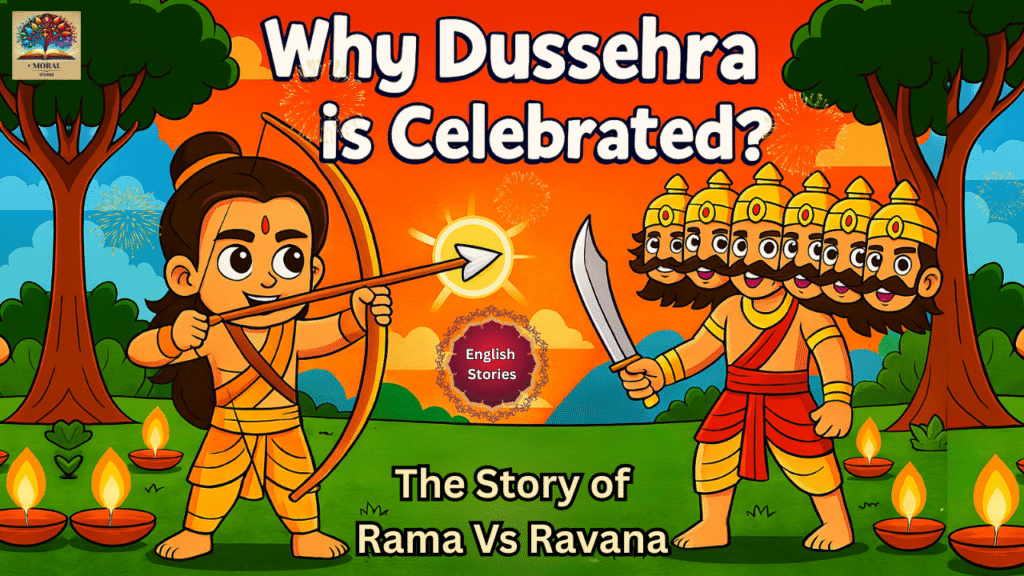
🐒 Hanuman and the Vanara Army – The Devotion that Shook Lanka
Hanuman’s leap across the ocean, his burning of Lanka, and his unwavering devotion to Rama remain legendary. The Vanara army, led by Sugriva and Hanuman, joined Rama in his quest. Their courage proved that true strength lies in loyalty and unity.
⚔️ The Epic Battle of Ten Days – Rama vs Ravana (why Dussehra is celebrated)
The Dussehra story in English reaches its climax in the ten-day war between Rama and Ravana, a battle that symbolizes the victory of good over evil story. Each day brought new challenges, testing the courage of Rama’s army and the arrogance of Ravana.
- Day 1–3 → Vanara army vs Rakshasas
The battle opened with Rama’s Vanara warriors clashing fiercely against Ravana’s rakshasa generals. Though outmatched in weapons, the Vanaras fought with loyalty and devotion, showing that courage guided by righteousness is stronger than sorcery. - Day 4–6 → Kumbhakarna’s entry and fall
Ravana summoned his giant brother, Kumbhakarna, who crushed thousands of Vanaras with his immense strength. Yet Rama, respecting his bravery, finally struck him down with divine arrows, proving that loyalty without dharma cannot protect anyone. - Day 7–8 → Indrajit’s cunning attacks
Indrajit, Ravana’s son, used illusions and serpent-arrows to bind Rama and Lakshmana. But divine help freed them, reminding all that truth cannot remain bound. Later, Lakshmana fought him in a fierce duel, breaking his arrogance. - Day 9 → Lakshmana kills Indrajit
The fall of Indrajit weakened Ravana’s pride and demoralized his army. His loss was a turning point in the Rama and Ravana story. - Day 10 → Rama defeats Ravana with divine arrow
The final day saw Rama and Ravana face each other directly. Their arrows lit up the sky like fire and thunder. Guided by Vibhishana, Rama aimed the divine arrow of Lord Brahma at Ravana’s heart. The mighty king fell, ending his tyranny forever.
This epic war is the heart of the Dussehra story in English and the ultimate reason why Dussehra is celebrated — a reminder that evil, no matter how powerful, will always fall before truth and righteousness.
🌸 Vijayadashami – The Victory of Good over Evil (Why Dussehra is Celebrated)
The tenth day, Vijayadashami, symbolizes the ultimate victory of good over evil story. Ravana’s defeat is celebrated by burning his effigies, reminding us that no matter how powerful evil may seem, truth will always prevail.
🎉 Dussehra Traditions Across India – From Ram Lila to Durga Puja
- North India → Ram Lila plays, Ravana effigies, fireworks.
- West Bengal & Odisha → Durga Puja immersion.
- Mysuru (Karnataka) → Royal parades with decorated elephants.
- Maharashtra → Exchange of apta leaves symbolizing gold.
- Nepal (Dashain) → Family gatherings, blessings, and rituals.
🌍 Dussehra Beyond Borders – How the Story Went Global
With the Indian diaspora, Dussehra is now celebrated in the USA, UK, Canada, Fiji, Mauritius, and more. From stage plays to cultural parades, the Rama and Ravana story has traveled the world, spreading the message of truth and courage.
📜 15 Life Lessons from the Dussehra Story (Why Dussehra is Celebrated)
- Good always wins over evil.
- Arrogance leads to downfall.
- Humility is strength.
- Teamwork achieves victory.
- Loyalty inspires courage.
- Knowledge without ethics is dangerous.
- Dharma is eternal.
- Patience brings success.
- Sacrifice is sometimes necessary.
- Truth cannot be destroyed.
- Family unity is power.
- Ego blinds wisdom.
- Devotion makes miracles possible.
- Justice may be delayed but never denied.
- Festivals are lessons in disguise.
🌱 Modern Relevance – Fighting Our Inner Ravanas
In today’s fast-paced world, the Ravana we must conquer is not a ten-headed demon living in Lanka, but the weaknesses that live within us. His ten heads can be seen as symbols of the flaws we all struggle with — ego, anger, greed, jealousy, pride, attachment, lust, fear, laziness, hatred, and ignorance.
Every year, when we watch Ravana’s effigies burn on the night of Dussehra, it is not just a reminder of Rama’s victory thousands of years ago — it is a symbolic reminder for each of us to burn these negative traits within ourselves. The significance of Dussehra festival lies in this inner transformation.
- Ego (Ahankara) blinds us from truth, just as it blinded Ravana despite his wisdom.
- Anger (Krodha) destroys relationships faster than any weapon.
- Greed (Lobha) makes us restless, never satisfied with what we have.
- Jealousy (Matsarya) eats away our peace of mind.
- Ignorance (Avidya) keeps us in darkness, unable to see the path of dharma.
By reflecting on the Rama and Ravana story, we realize that the real battle is within us. Rama symbolizes patience, humility, and truth — qualities we must nurture in our daily lives. Ravana symbolizes arrogance and temptation — qualities we must overcome.
Thus, celebrating Dussehra today is not just about visiting fairs, watching Ram Lila, or lighting fireworks. It is about looking inward and asking ourselves:
- Which of Ravana’s heads still controls me?
- What weakness must I burn this year to grow stronger?
- How can I bring more truth, compassion, and humility into my life?
In this way, the Dussehra story in English is not only mythology but a timeless guide for self-improvement. Just as Rama’s arrow ended Ravana’s tyranny, our determination can end the reign of negative emotions inside us. And when that happens, the true spirit of Vijayadashami — the victory of good over evil — is realized in our own hearts.
📘 Vocabulary for International Readers (Dussehra Story in English)
- Ravana – Ten-headed demon king.
- Ram Lila – Stage play of the Ramayana.
- Dharma – Righteousness and duty.
- Vanara – Monkey warrior.
- Vijayadashami – Day of victory.
🏡 Activities for Parents & Teachers (Why Dussehra is Celebrated)
- Tell the Rama and Ravana story in English.
- Draw Ravana with 10 heads.
- Craft paper bows and arrows.
- Watch Ram Lila plays.
- Write about “My Inner Ravana.”
- Quiz on Ramayana characters.
- Act out the Dussehra story.
- Decorate diyas and mandalas.
- Organize essay competitions.
- Family storytelling night.
📘 More Stories :
- Diwali Story in English | Why Diwali is Celebrated | The Festival of Lights – The Return of Lord Ram to Ayodhya | Mythological Story with Moral Lessons
- Why Dussehra is Celebrated? The Untold Rama vs Ravana Story, Victory of Good over Evil, and Timeless Lessons for Kids and Adults
- 🌸 Navratri Story in English – Why Is Navratri Celebrated, History, 9 Nights Significance & Lessons from Goddess Durga
- The Foolish Lion and the Clever Rabbit Story in English | Panchatantra Moral Story for Kids with Summary, Moral and Life Lessons
- Ganesh and Kartikeya Story in English | 4 Powerful Life Lessons from Lord Ganesha’s Wisdom Tale
- 🦆➡️🦢The Ugly Duckling Story in English – A Touching Moral Tale for Kids
❓ FAQs About Why Dussehra is Celebrated
Q: Why Dussehra is celebrated?
Because it marks Rama’s victory over Ravana, symbolizing good over evil.
Q: What is Vijayadashami?
The tenth day of Navratri, celebrating victory.
Q: How is Dussehra celebrated?
Through Ram Lila, effigy burning, Durga Puja immersions, and royal parades.
Q: Is Dussehra linked to Navratri?
Yes, both festivals symbolize victory of good over evil.
🎥 YouTube Channel Subscribe CTA
👉 Subscribe to our YouTube channel for more fun moral stories for children!
🔗 YouTube Channel – A Moral Stories (English)
Enjoyed this heart-touching tale? Subscribe to our YouTube Channel “A Moral Stories” to enjoy more moral stories for kids in English, animated and narrated with love! 🌟📺
Also available in:
🔹 Gujarati – A Moral Stories Gujarati
🔹 Hindi – A Moral Stories Hindi
✨ Final Thoughts – The Timeless Lessons of Dussehra (Why Dussehra is Celebrated)
When we ask Why Dussehra is Celebrated, the answer goes beyond history. It is celebrated because it reminds us that truth, courage, and righteousness always win.
For children, the Dussehra story in English is a lesson wrapped in adventure. For adults, it is a reminder to conquer pride, greed, and ego. For communities, it is a celebration of unity and cultural pride.
From the burning of Ravana’s effigies in Delhi to the grand Durga immersions in Kolkata, from Mysuru’s royal processions to Nepal’s Dashain rituals, Dussehra connects millions with the same message: light will always triumph over darkness.
So, whether you watch Ram Lila, exchange apta leaves, or tell the Rama and Ravana story to children, remember that the essence of Dussehra is not in the rituals but in the values.
And that is truly why we celebrate Dussehra in India — to keep alive the message that no matter how powerful evil may seem, good will always prevail. 🌟
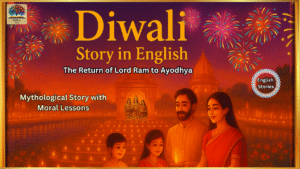
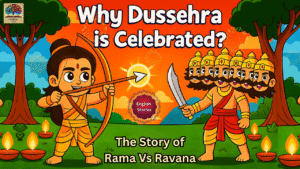
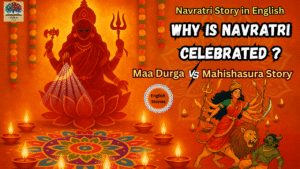

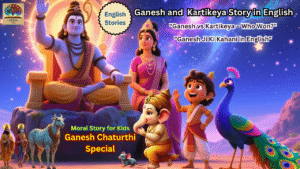

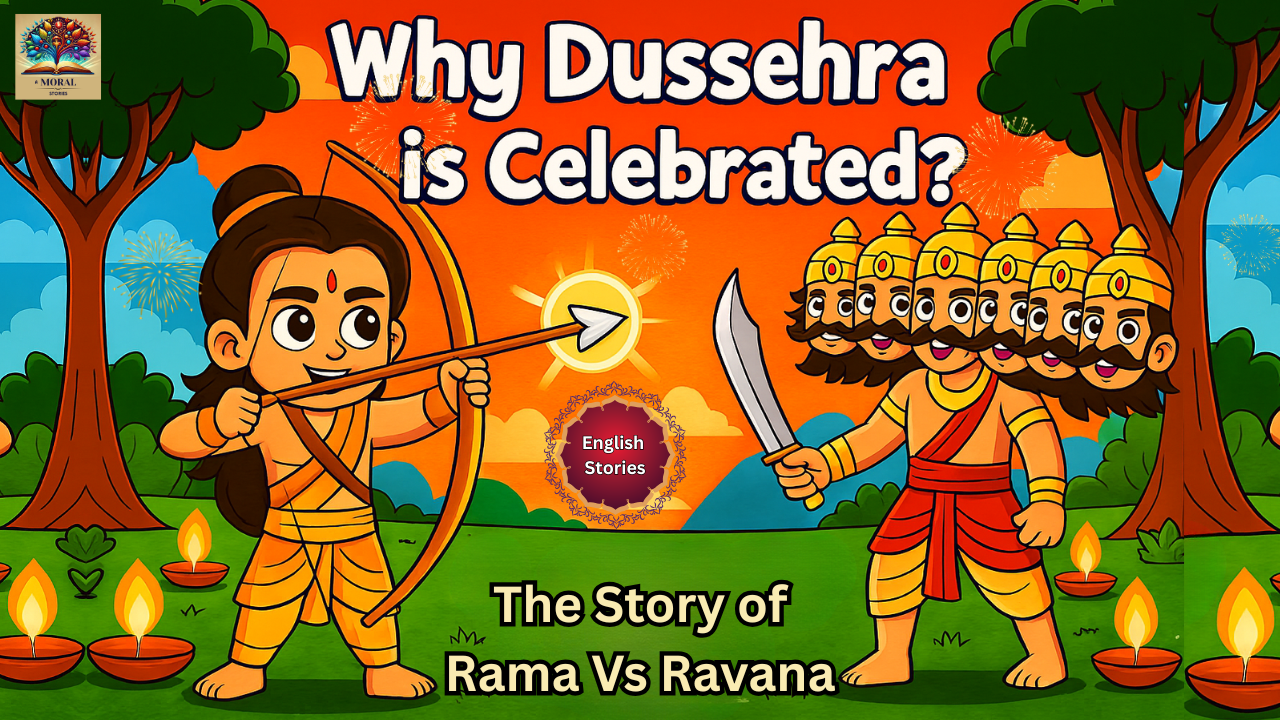
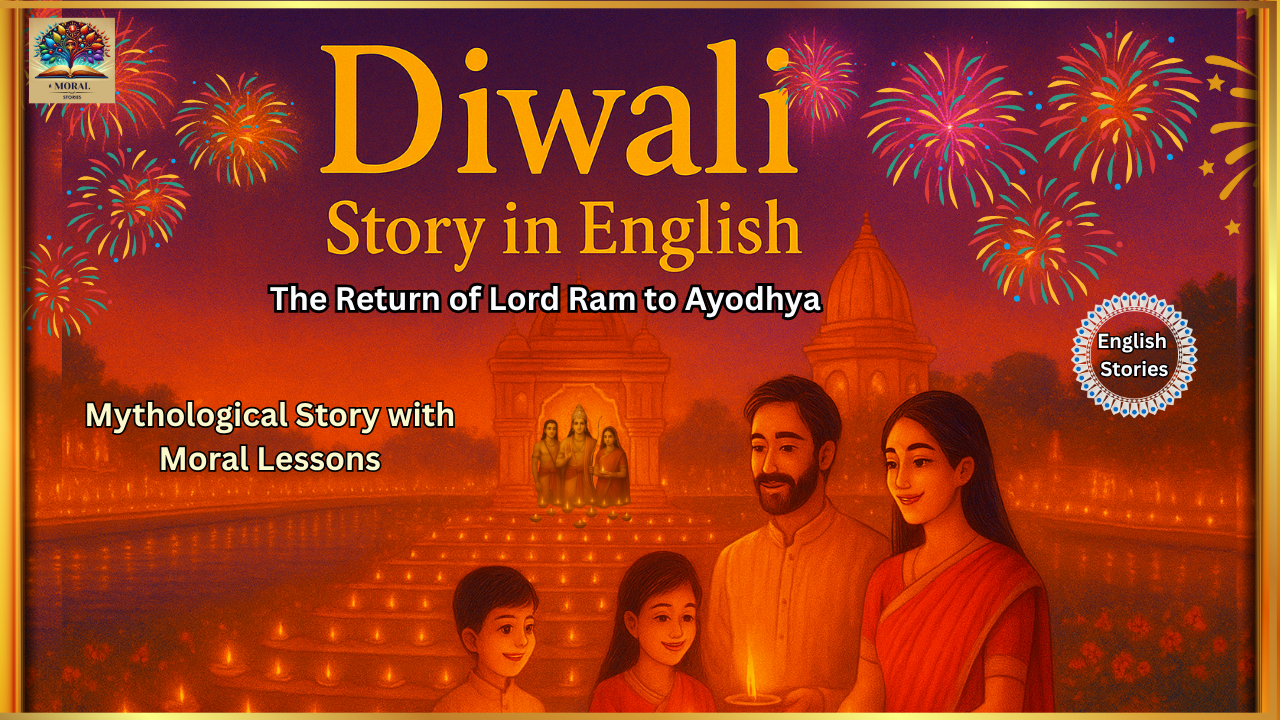
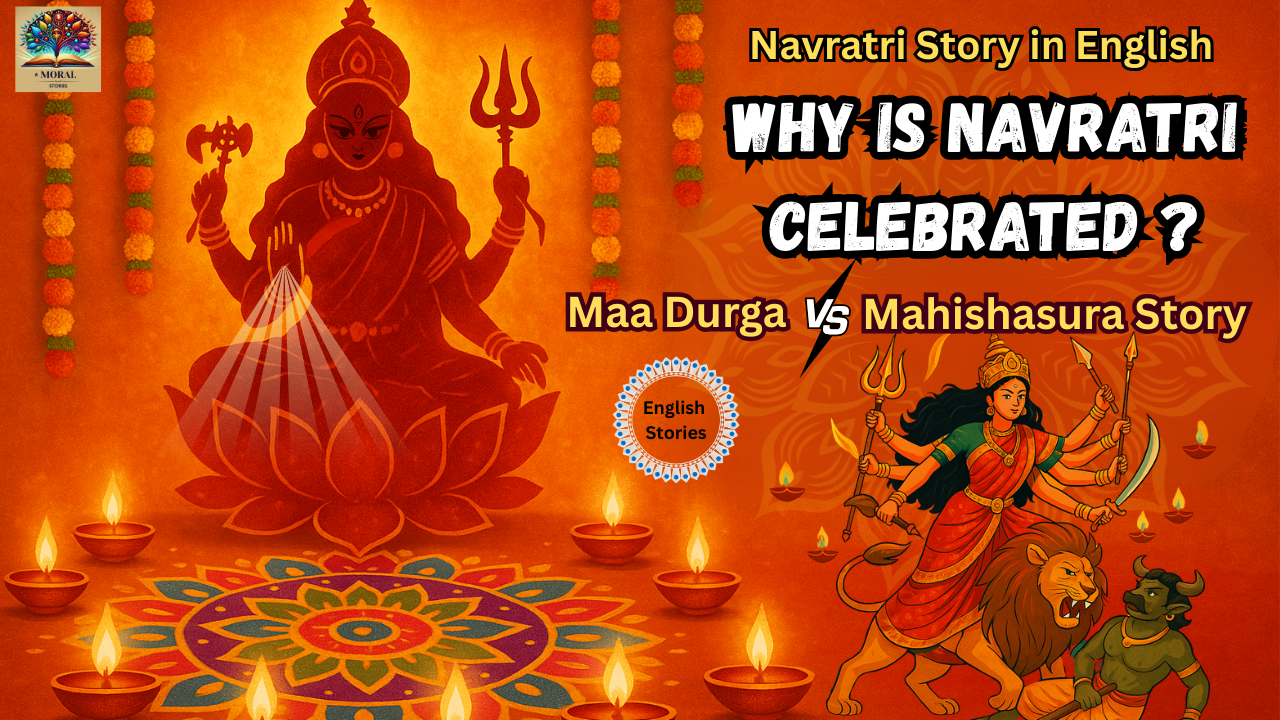
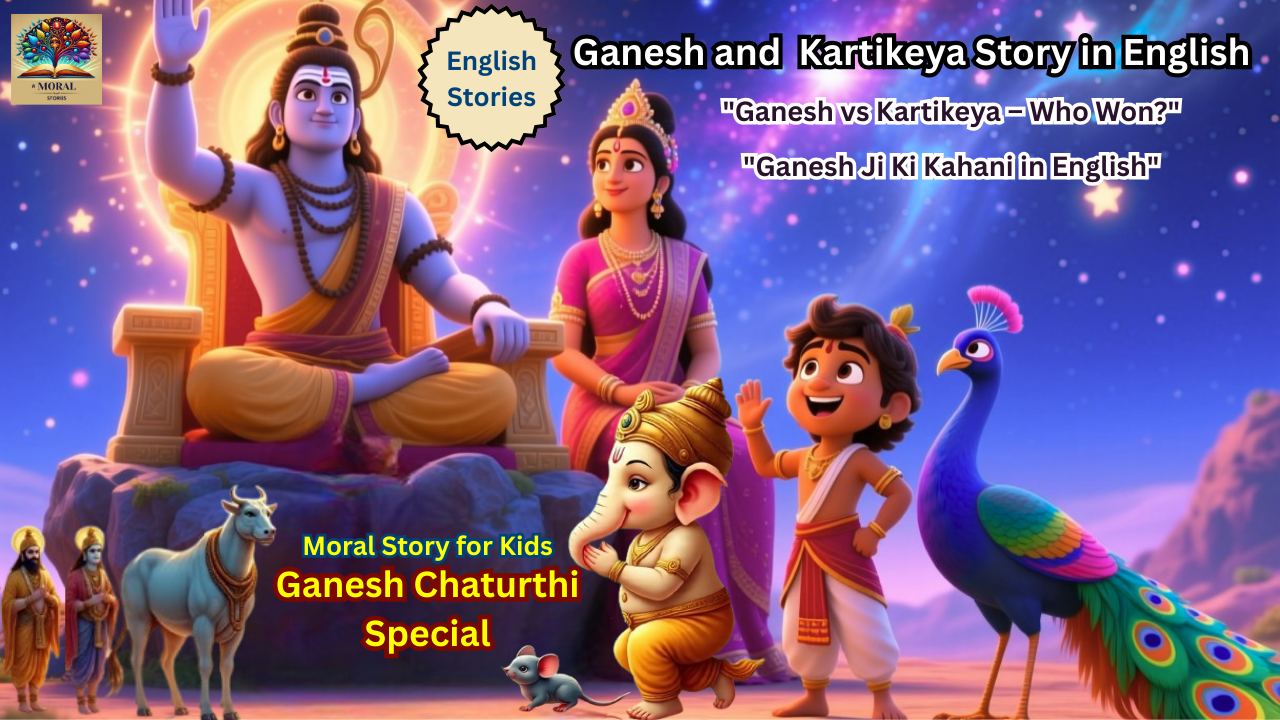
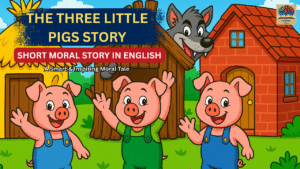
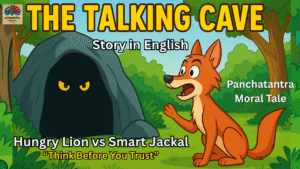

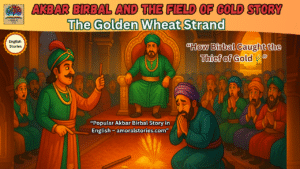

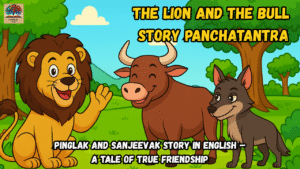
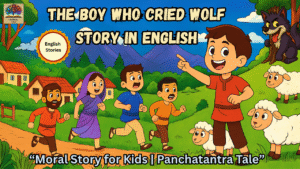


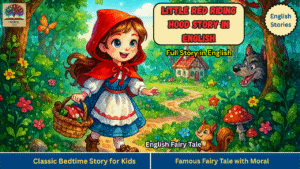
Post Comment